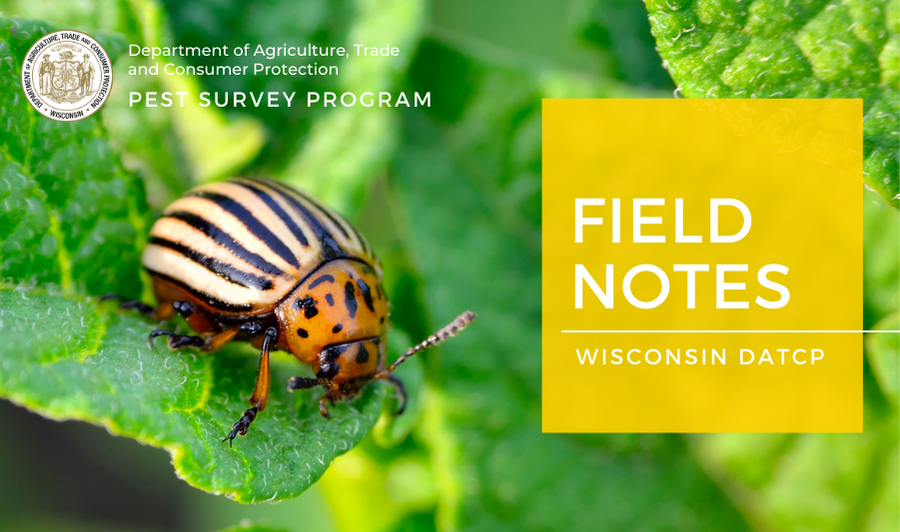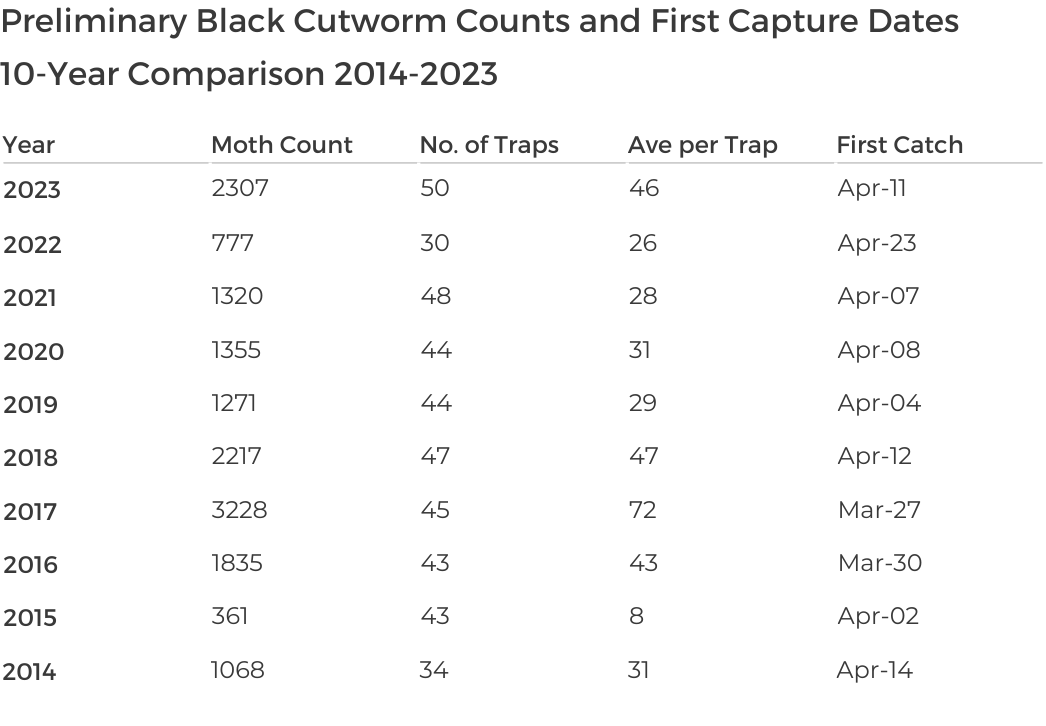|
   Mild weather with occasional light rain prevailed in Wisconsin since the last report. Daytime high temperatures during the seven-day period ending May 18 ranged widely from the upper-40s in northwestern Wisconsin to mid-80s in the southern counties, with a few locations including Boscobel and Janesville reaching 85°F. Precipitation totals for the previous seven days varied from less than 0.10 inch in the eastern region to 1.5 inches near Platteville in the southwest.
Weather conditions this month have generally supported a rapid pace of fieldwork after an erratic April, but soils remain wet in some areas of the state, and planting progress is still a few days behind average for most crops. Corn planting advanced to 33 percent complete as of May 15, one day ahead of last year but four days behind the five-year average. Currently, only five percent of the state’s corn acreage has emerged. Soybean planting is now 24 percent complete statewide, comparable to last year but two days behind the average.
A round of rain and thunderstorms are expected today and tomorrow, before dry weather with warming temperatures return for the last week of May.
__________________________________
|
|
|
The spring black cutworm migration slowed May 12-18 with the capture of 547 moths in 50 traps, a decrease from last week’s catch of 1,027 moths. Larvae produced by moths arriving since mid-April are approaching the destructive cutting stages of development and the primary seedling corn damage window is expected to open by May 23 in far southern Wisconsin, May 25 near La Crosse, May 28 at Eau Claire, and June 1 near Hancock.
Crop consultants and growers are advised to begin inspecting corn (including Bt hybrids) for leaf pinholes and other signs of feeding during early season stand assessments. Scouting a few days before estimated cutting dates is recommended. It is important to be aware that Bt hybrids and corn treated with seed-applied insecticides are at reduced risk of damage, but the larvae are still capable of cutting young plants. The economic threshold for black cutworm is reached if 3% of plants have been cut and larvae are still present in the field.
DATCP’s monitoring network has collected a cumulative total of 2,307 moths in 50 traps as of May 18, for an average of 46 moths per trap. This preliminary average count is higher than the 10-year average of 36 moths per trap but half the 72-per-trap average recorded in 2017, the last time serious black cutworm infestations were documented in the state. As noted in the previous issue of Field Notes, severe black cutworm infestations are infrequent in Wisconsin, and trap counts are not a reliable predictor of outbreaks. Scouting emerging corn should be prioritized in the next 3-4 weeks.
 
|
|
 __________________________________
|
|
The apple orchard near Rochester in Racine County reported its first codling moth trap catch of the season on May 16, although low temperatures since then have paused moth flights. Once flights resume next week, apple growers in the DATCP Apple Pest Monitoring Network can begin checking their codling moth traps daily until the “biofix” is established. In some years, determining the biofix is complicated by fluctuating temperatures that lead to inconsistent emergence. The biofix is either the date of the first sustained flight of moths captured multiple days in a row or when counts exceed the threshold of five moths per trap per week. This date marks the point at which to begin counting degree days (base 50°F) to determine the optimal treatment window for first-generation larvae.
In addition to codling moth emergence, another spring pest event now underway is the migration of plum curculio into orchard edges. The stings and egg-laying scars made by the female weevils will become detectable on developing fruitlets within the next two weeks. Cultivars with early-sizing fruits 5 mm or larger (e.g., Ida red, Liberty, Paula red, Zestar) are preferred for egg laying. |
|
 __________________________________
|
|
|
|